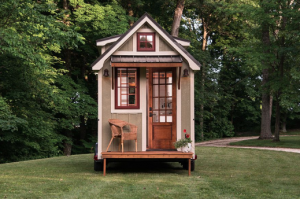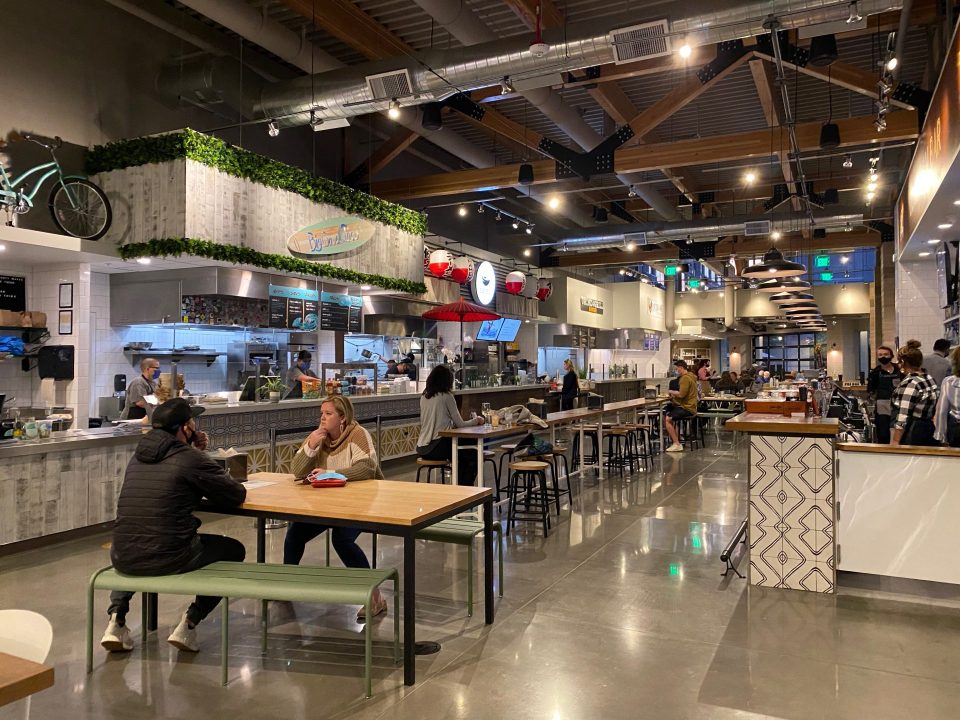Tiny Homes Are Popping Up Around Colorado!
The Tiny Homes Craze is Alive and Well in the Centennial State
Will We Start Seeing More in the Metro Area?

The tiny homes craze is alive and well across the country. Typically, we’re seeing more tiny homes emerge in rural areas, but an urban emergence of these small-style homes is evident. Are you unfamiliar with the tiny homes concept? I’ll start by saying these are tiny homes with big ideas.
The tiny house movement is thriving all across the U.S. Tiny homes are a way to downsize, practice sustainability, and encourage people to “live with less.” The average square footage for a tiny home ranges between 100 and 400 sq ft. You have a choice between building your home on wheels or cultivating a sturdy foundation. More time, freedom, finances, and the environment are all reasons for the emergence of the tiny home movement.
Colorado is No Exception

A tiny home is not necessarily a trailer. Most are equipped with a fully functional kitchen, media system, running water, and functional plumbing. If you searched “tiny homes in Colorado,” a year ago, you’d find the majority were located in Boulder. However, tiny homes across the metro area are becoming increasingly popular.
Colorado’s affordable housing crisis is a battle for the state, yet some are saying the tiny home movement can help. Aspen recently built a tint home community for it’s employees. Permanent zoning for tiny home villages in Colorado might be in the works…the biggest question here remains: where do we put them?
Is a Tiny Home for You?

Around 68% of tiny home owners have no mortgage. It is easier to maintain as the joy of “living with less” becomes palpable. Additionally, more women than men are purchasing tiny homes. They’re perfect for retirees looking to travel, or for those who don’t want to consistently spend time doing home maintenance and upkeep.
However, owning a tiny home might not be for you, or not for you right now. It’s an interesting movement with lots of ecological and financial benefits, but is it practical for everyday living? In addition, is it practical in an urban setting? Time will tell!



